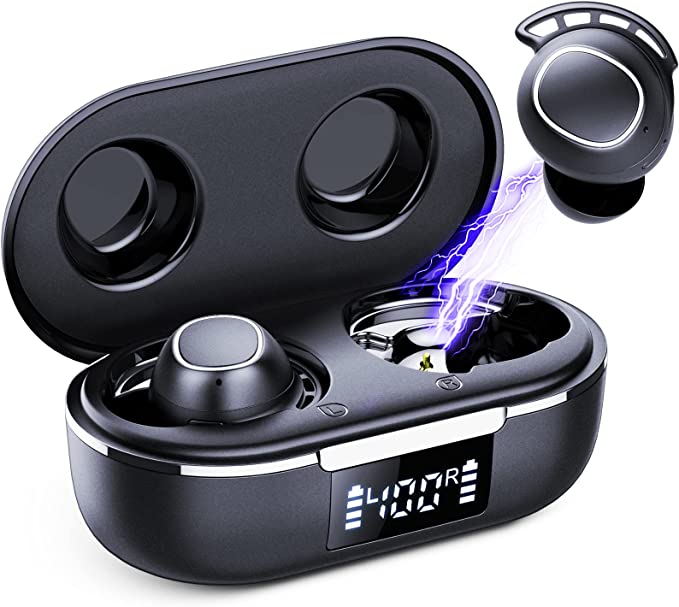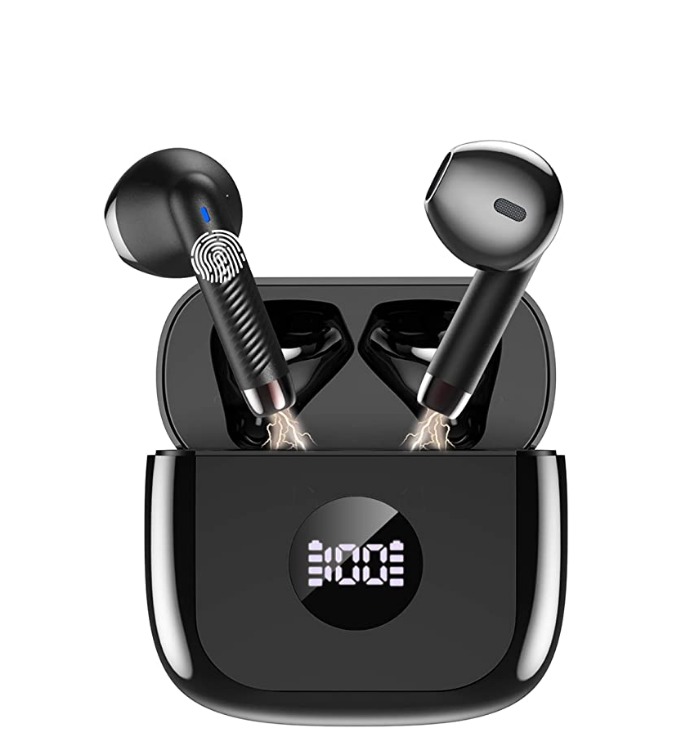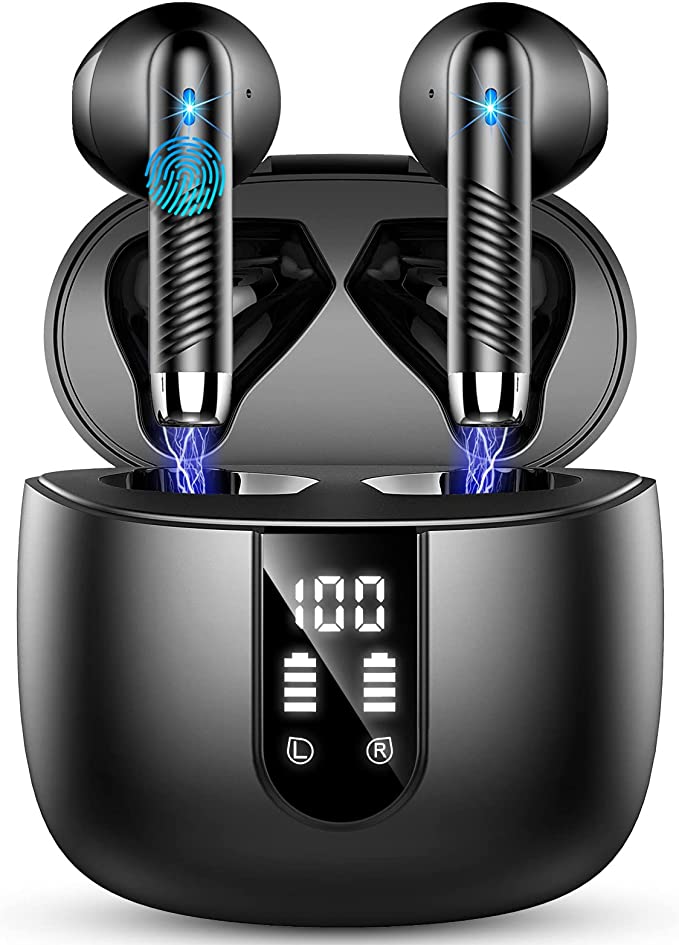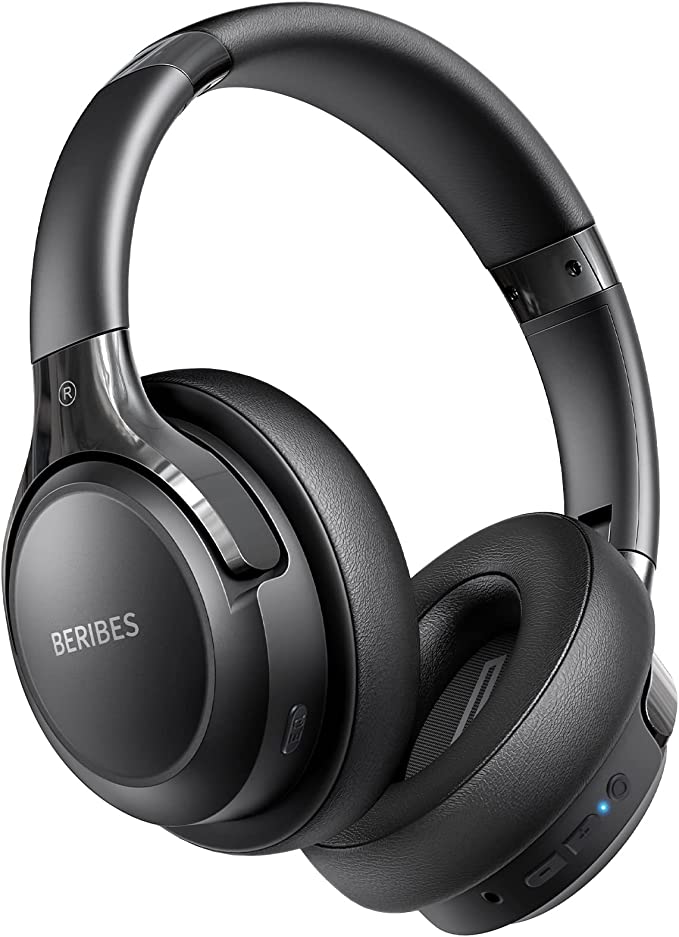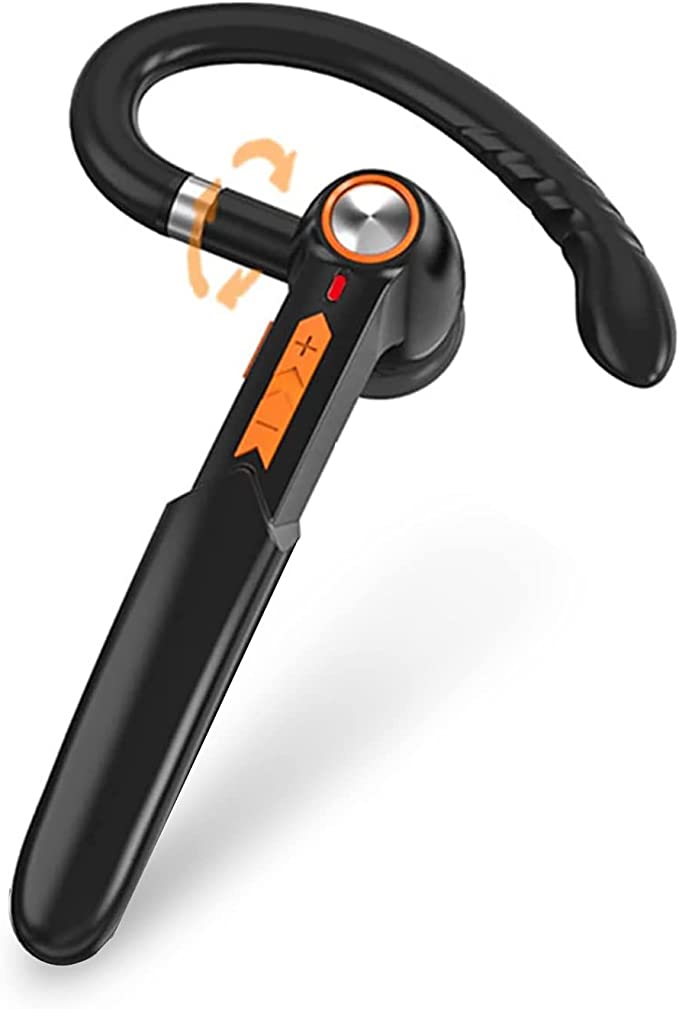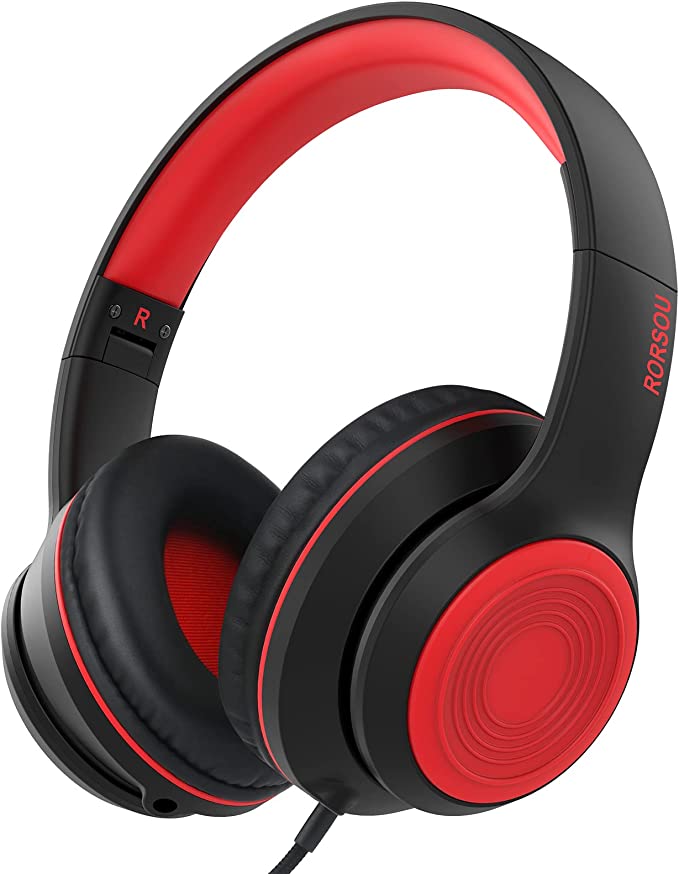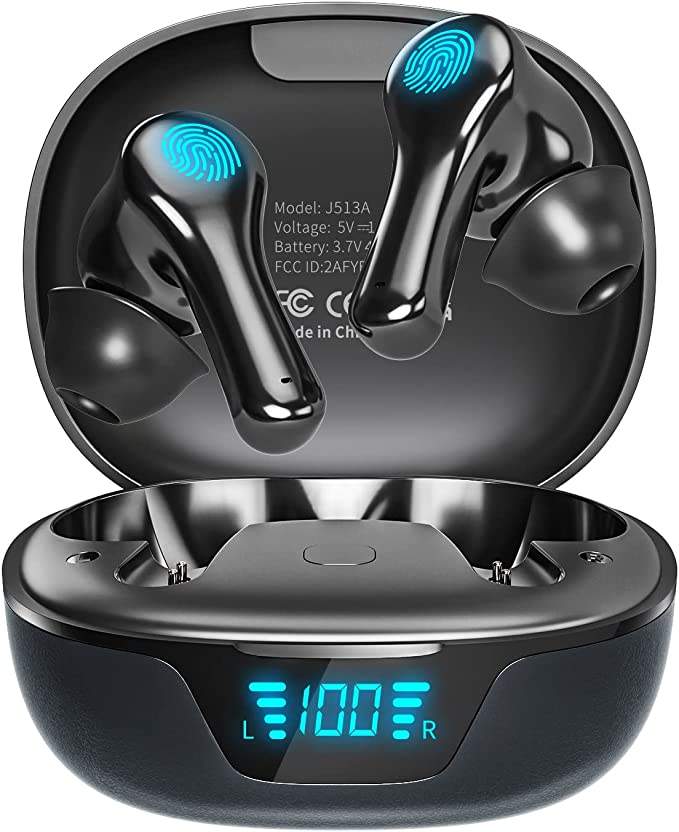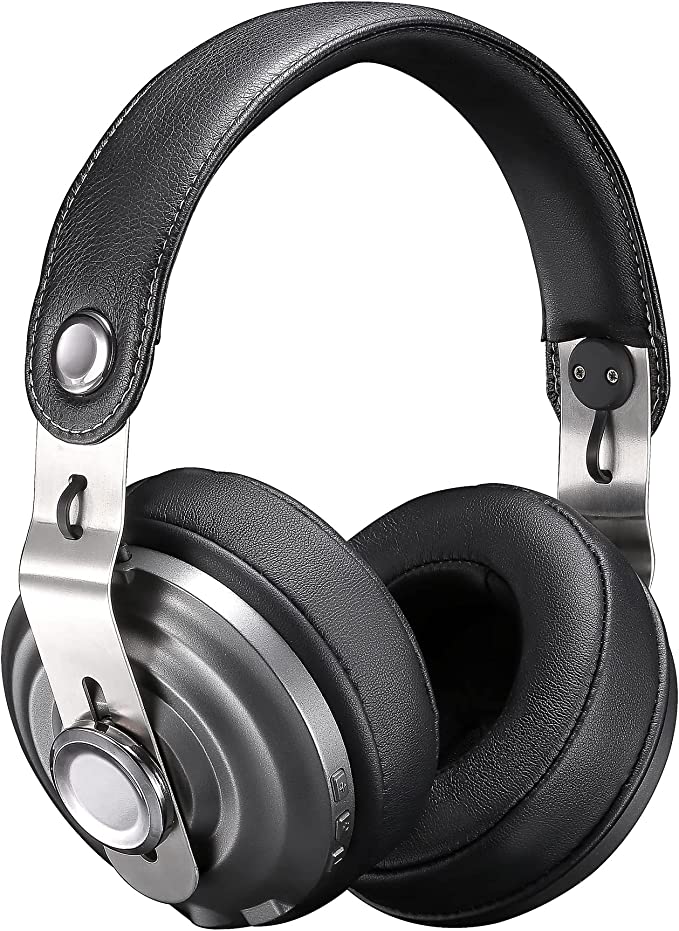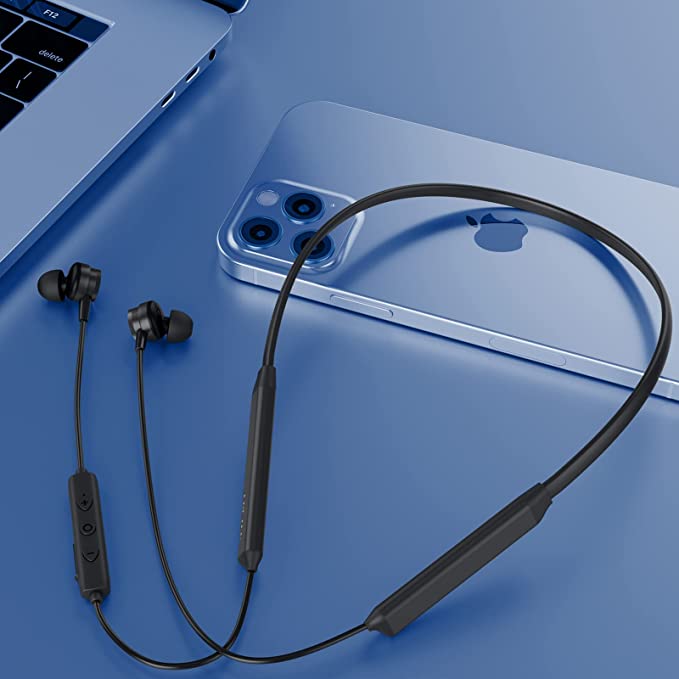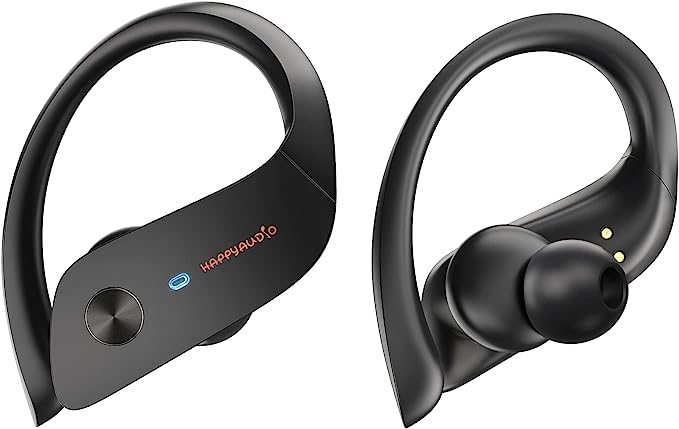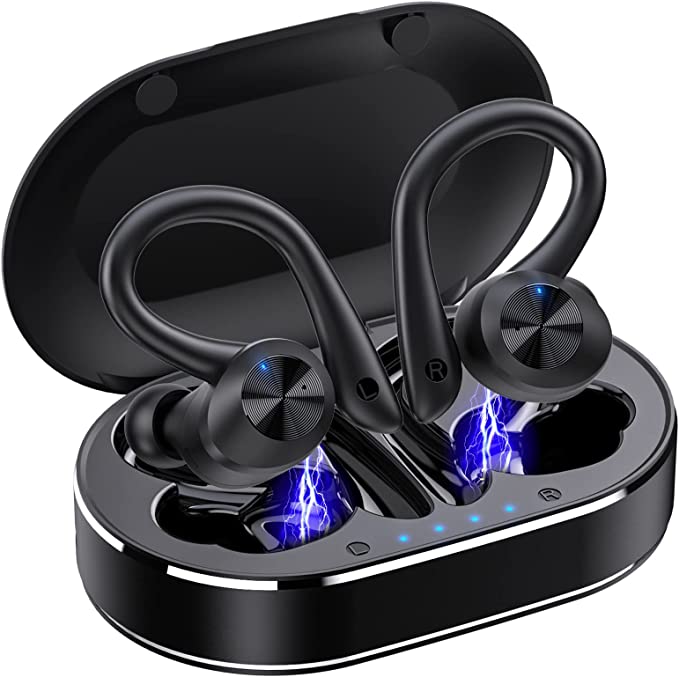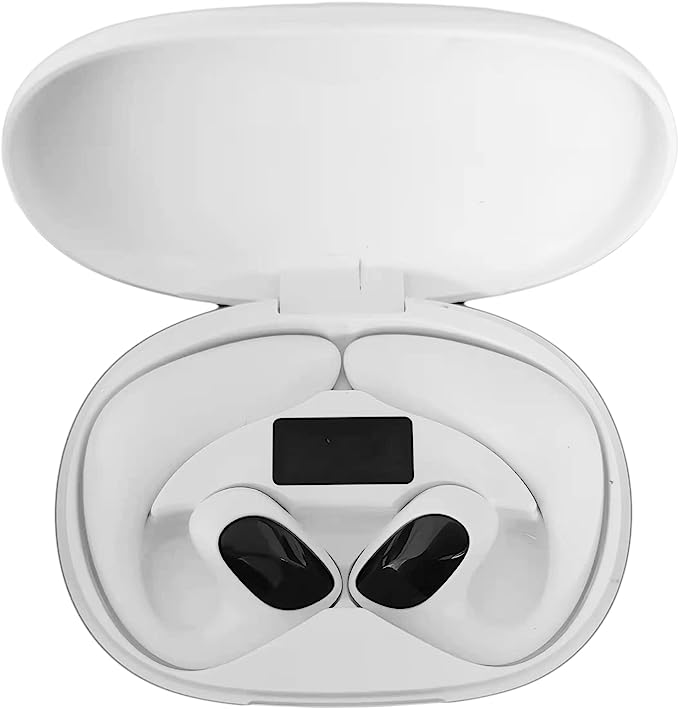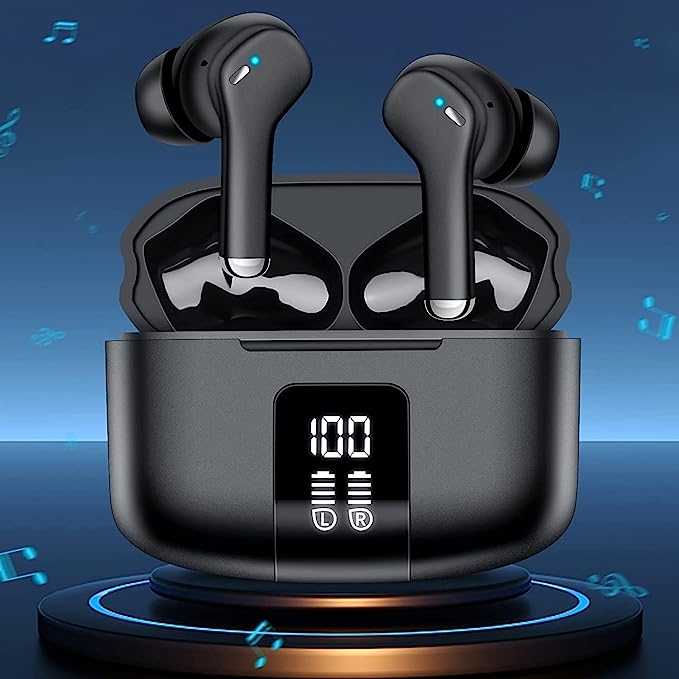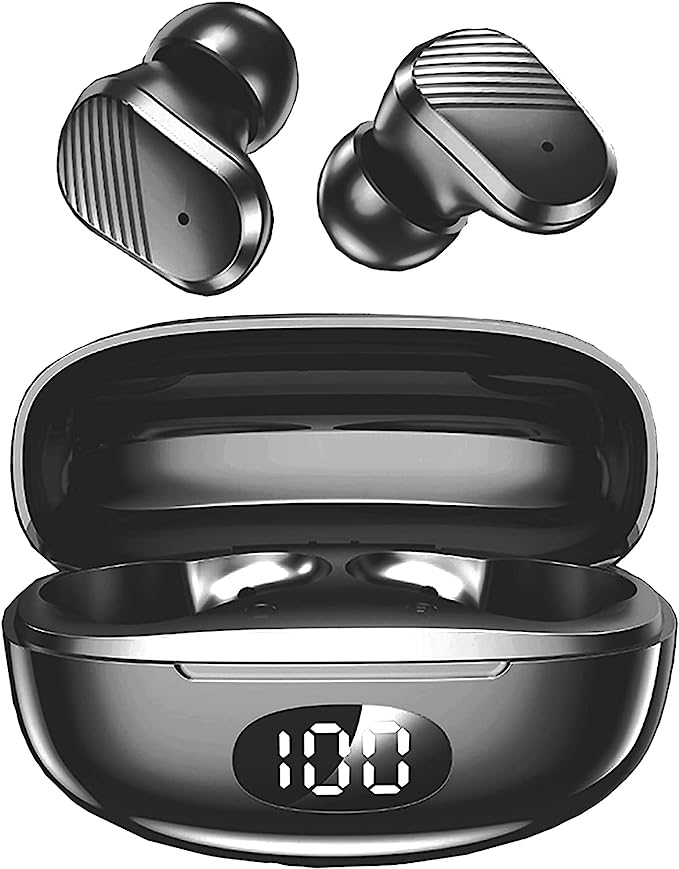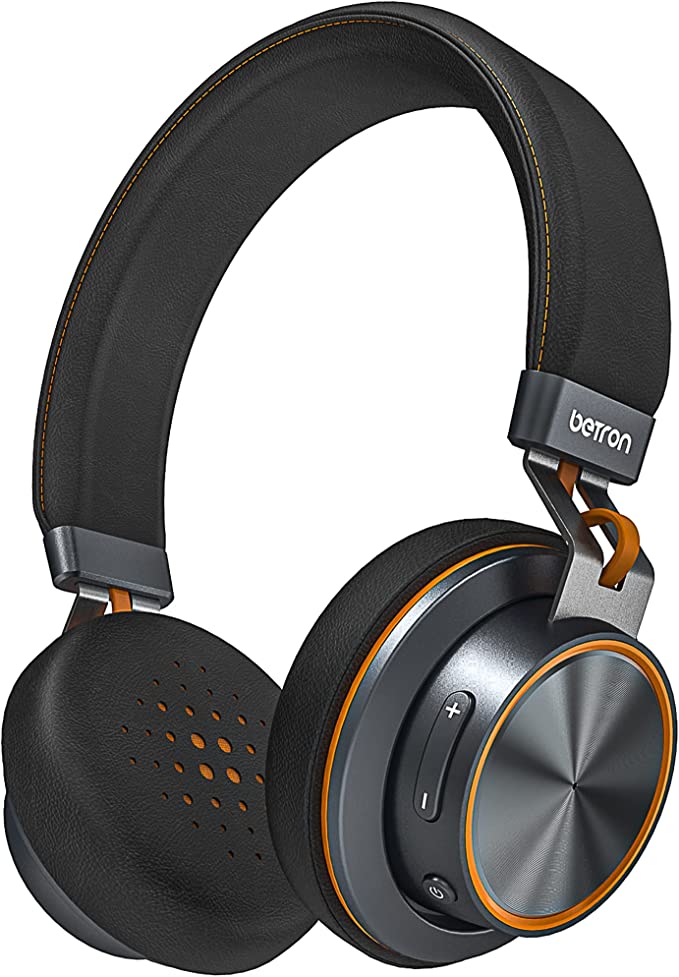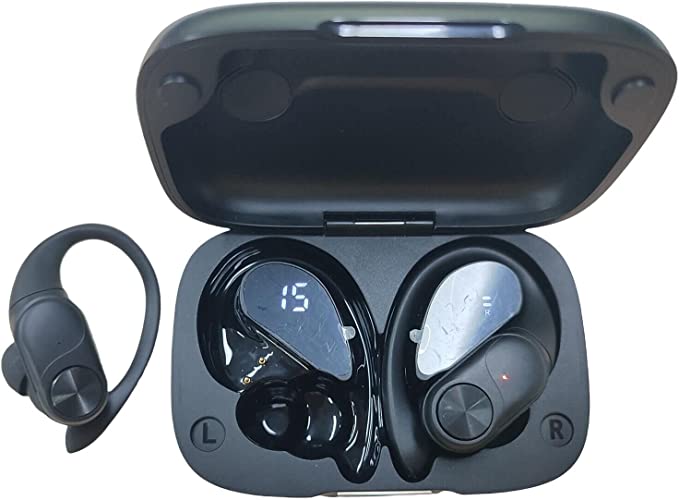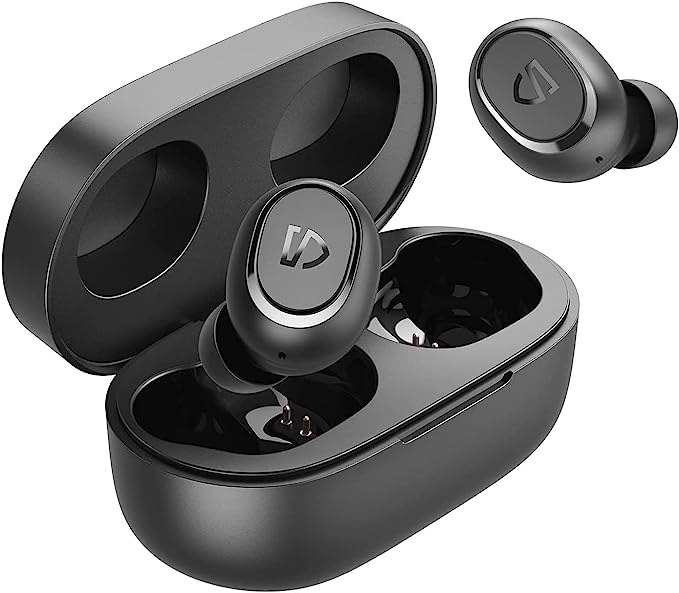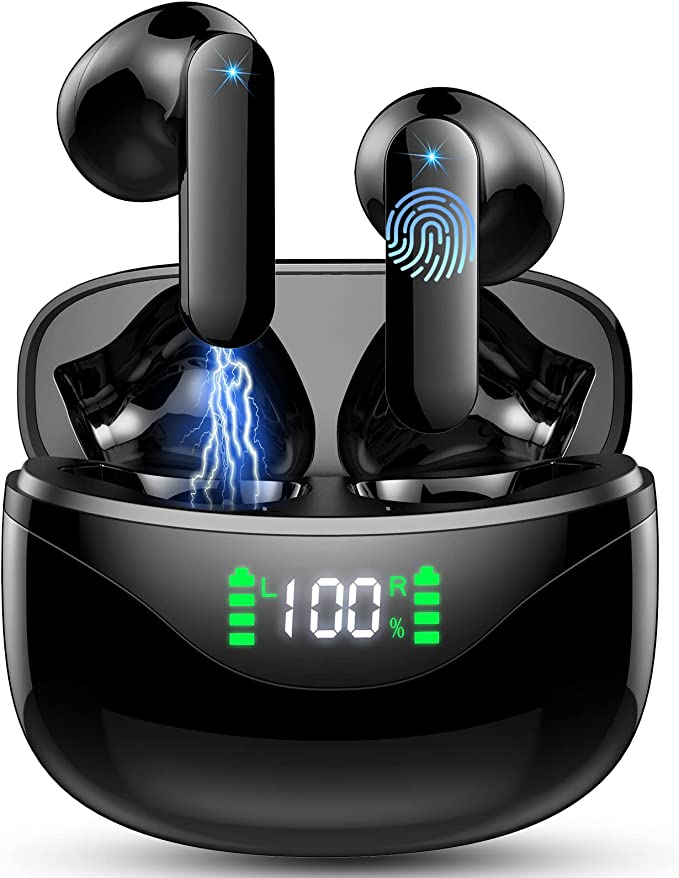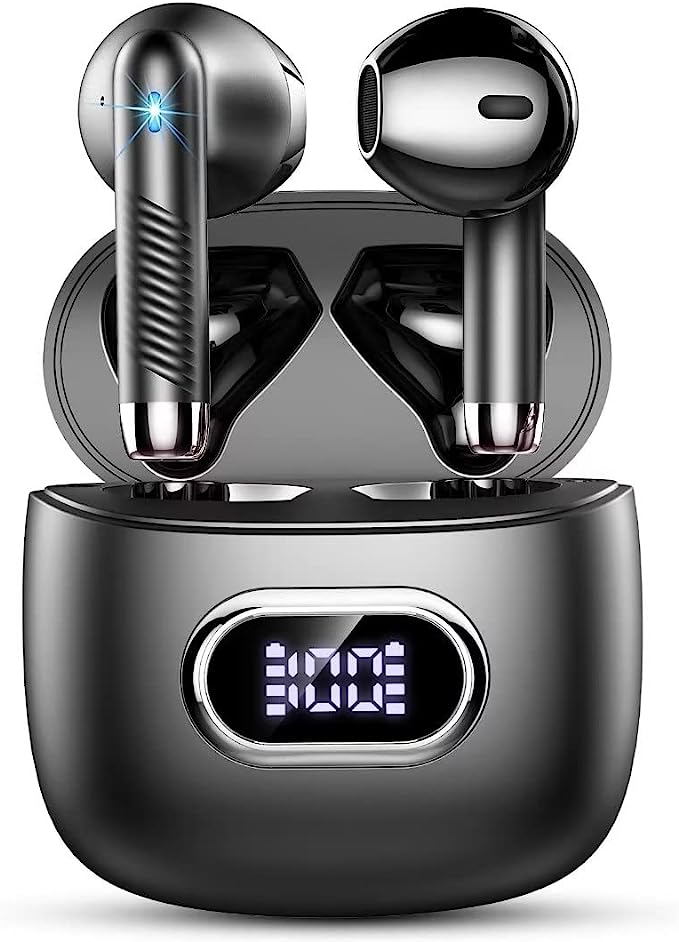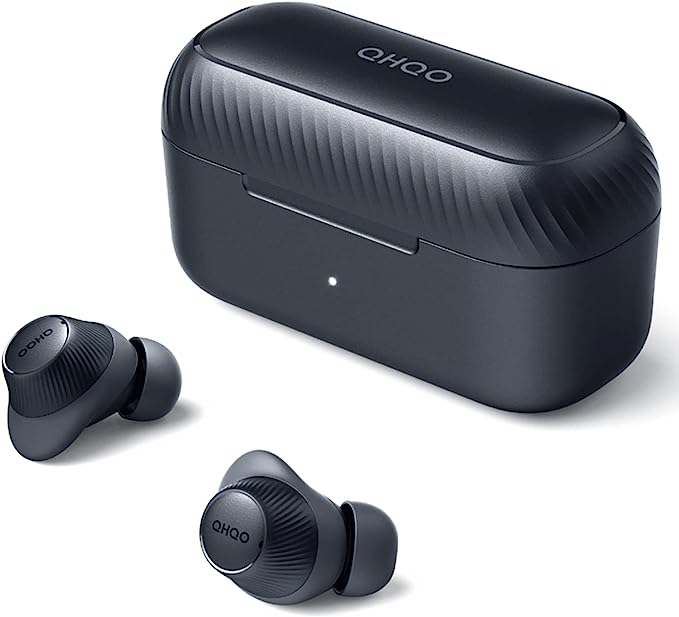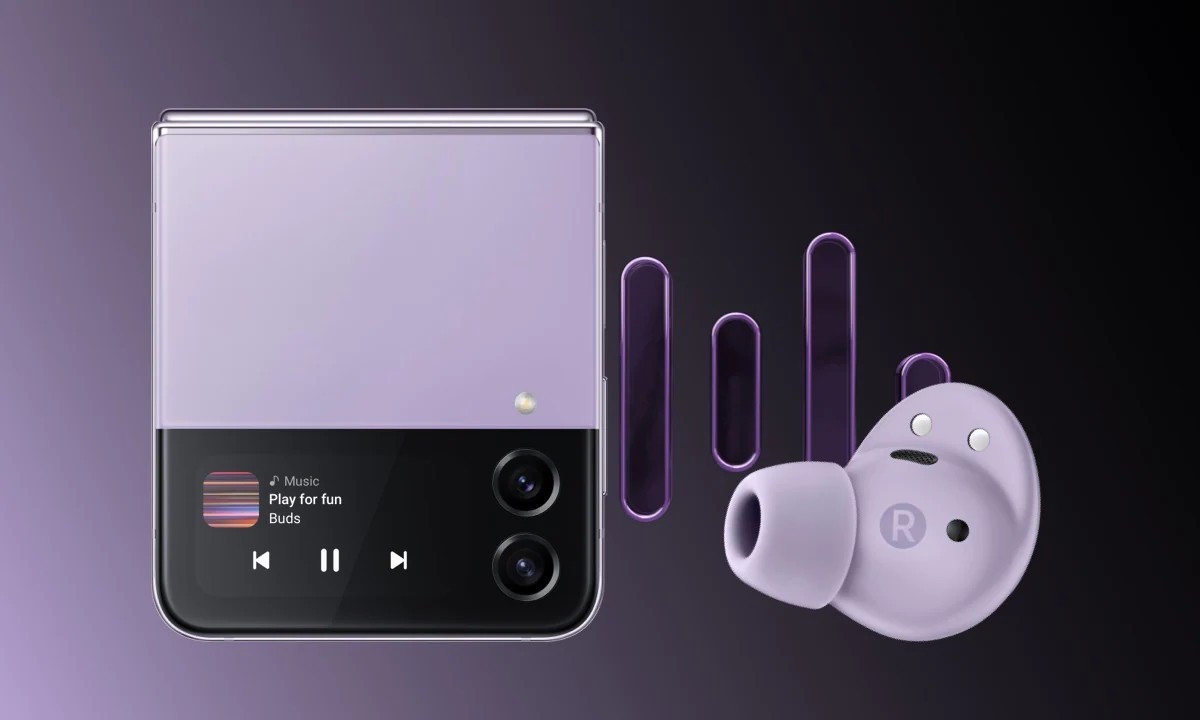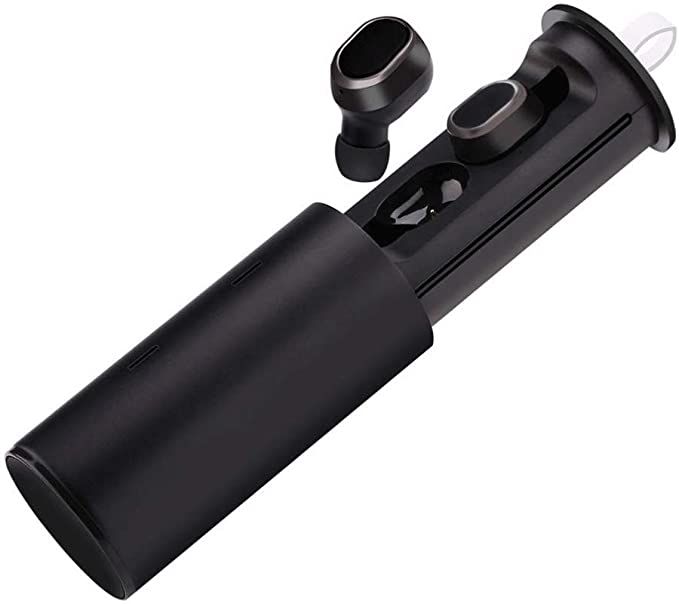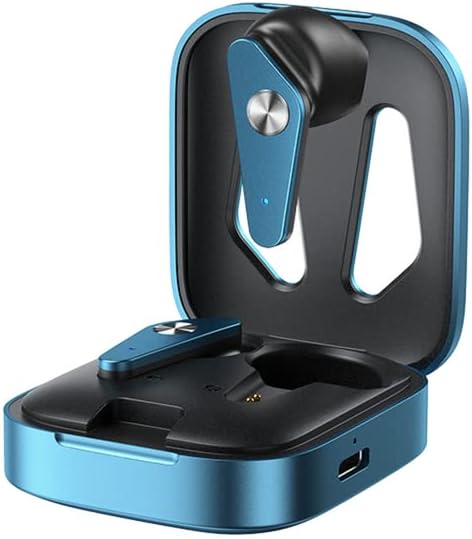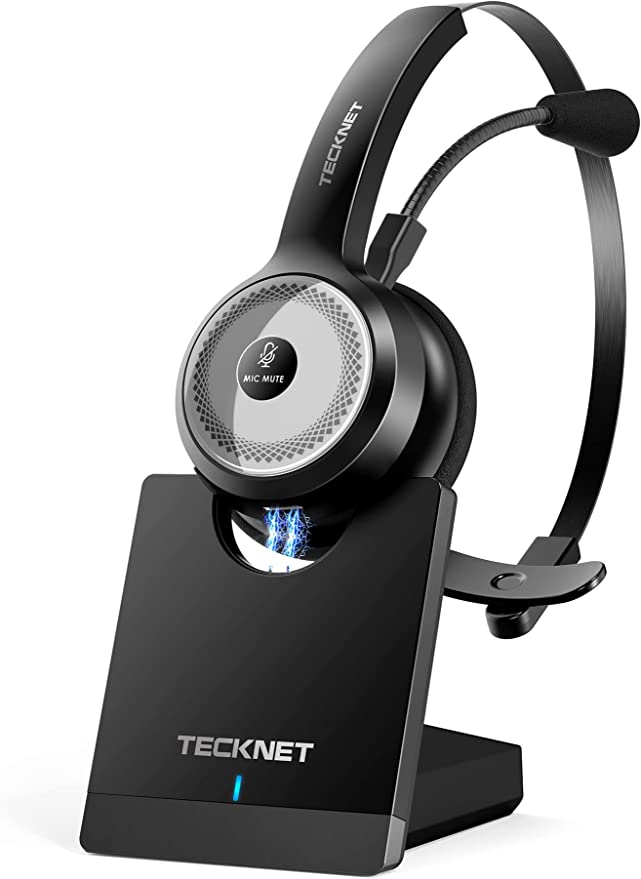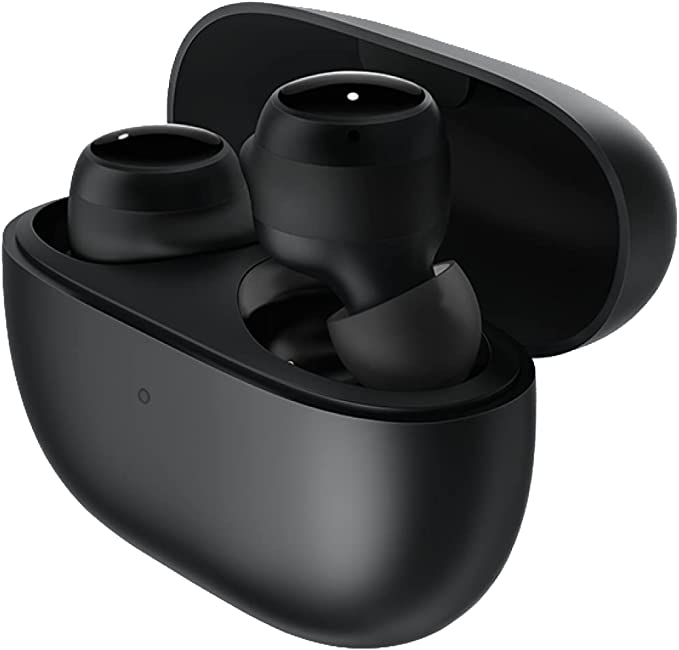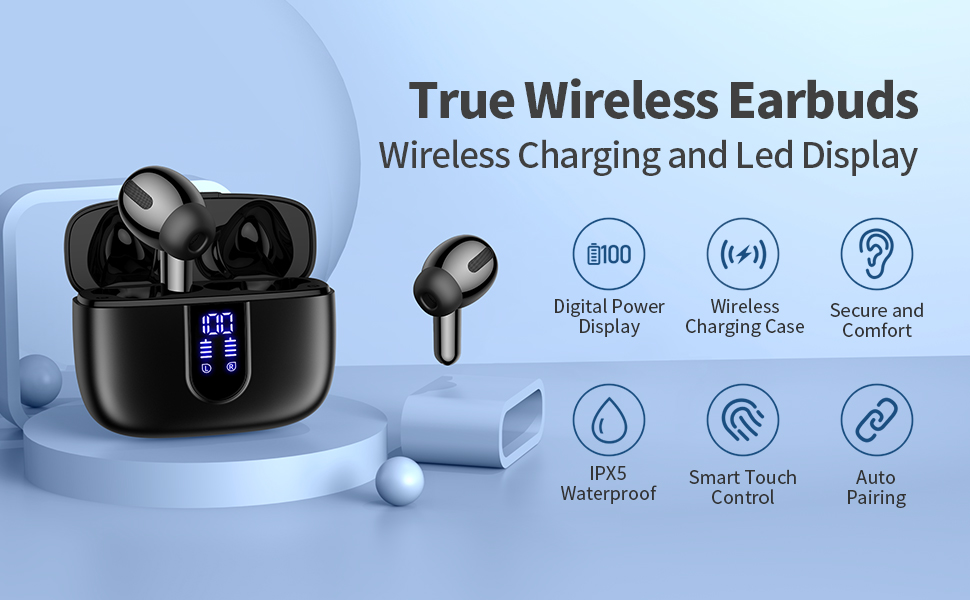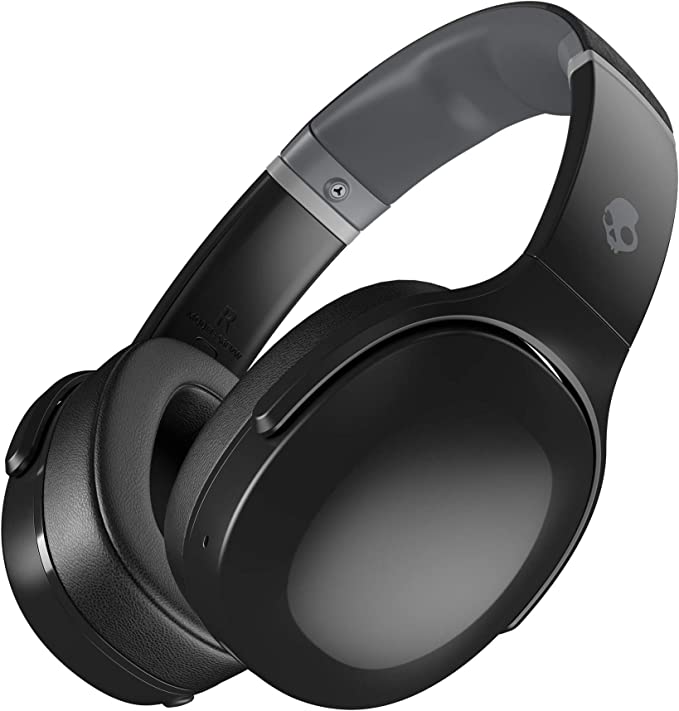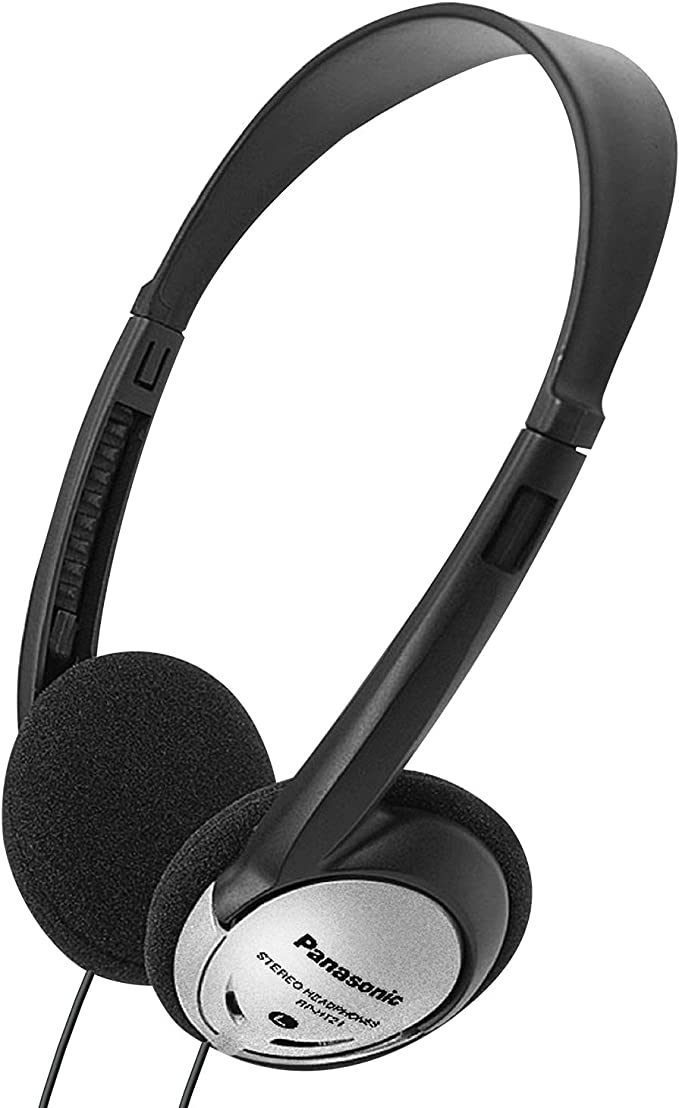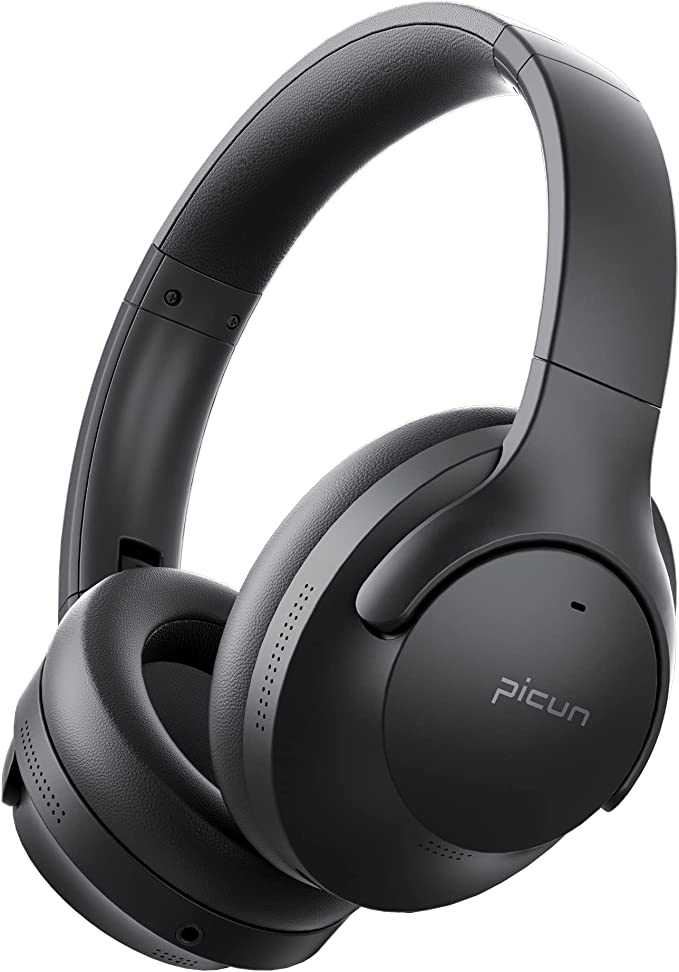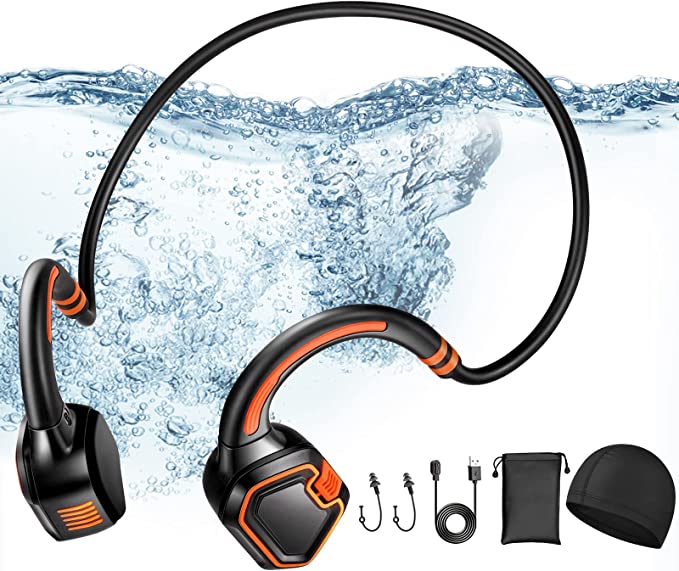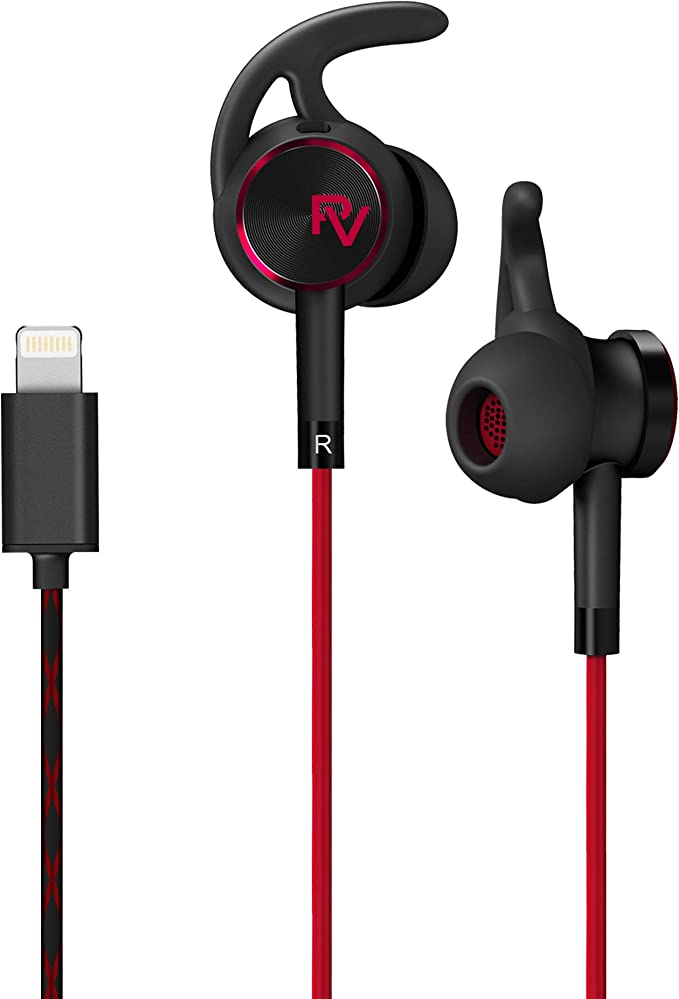Lekaby Q26-AK Wireless Earbuds: Immerse Yourself in Sound Without the Noise
Update on Aug. 4, 2025, 8:32 a.m.
Imagine, for a moment, the soundscape of your day. It’s a complex tapestry woven from the rhythmic clatter of a train, the ambient hum of a bustling café, and the murmur of conversations you’re not a part of. In this cacophony of modern life, we increasingly seek a small, personal sanctuary of sound. We reach for our wireless earbuds, two tiny portals to our own world of music, podcasts, or clear conversation. But have you ever paused to consider the sheer density of science and history packed into these diminutive devices?
By deconstructing a seemingly straightforward product like the Lekaby Q26-AK Wireless Bluetooth Earbuds, we can uncover a fascinating story. It’s a story not just about one device, but about the relentless march of technology, where concepts born in Nobel Prize-winning labs and engineering feats from decades past converge to create an experience that is now accessible to almost everyone. This is the anatomy of modern sound.

The Battle for Clarity: Taming the Noise Around You
Before you can enjoy sound, you must first conquer noise. In the world of audio, this is a constant battle, fought on two fronts. There’s the noise you don’t want to hear, and the noise that prevents others from hearing you. For the latter, a clever piece of acoustic engineering comes into play: Environmental Noise Cancellation (ENC).
Unlike its more famous cousin, Active Noise Cancellation (ANC), which is designed to immerse you in silence, ENC has a different mission: to make your voice pristine for the person on the other end of a call. It’s a digital sifter for sound. The Lekaby Q26-AK employs a four-microphone array to achieve this. Think of it as a team of listeners. Some microphones are strategically placed to capture your voice, while the others are tasked with picking up the surrounding environmental chaos.
The magic happens in the processor. It analyzes the ambient noise and, in real-time, generates an exact opposite soundwave—an “anti-phase” wave. The principle at play is a fundamental concept in physics known as destructive interference. Picture two equal ripples meeting in a pond; where a crest meets a trough, the water flattens. Similarly, when the soundwave of the background noise meets the engineered anti-phase wave, they cancel each other out. What remains to be transmitted is the clean, isolated signal of your voice. This digital purification, often using a technique called beamforming to focus on the speaker’s mouth, is the invisible force that makes a crucial business call from a noisy street corner not just possible, but professional.

The Heartbeat of Sound: The Graphene Revolution
Once the world is quieted, the quality of the sound you do want to hear rests almost entirely on the driver—the engine of the earbud. At its heart is a diaphragm, a membrane that must vibrate with microscopic precision to recreate soundwaves. For years, this component was a story of compromise, made from paper or plastics that struggled to be both rigid and lightweight. Then came graphene.
First isolated in 2004 by Andre Geim and Konstantin Novoselov, a feat that earned them the Nobel Prize in Physics, graphene is a true “wonder material.” It’s a single layer of carbon atoms, a million times thinner than paper, yet more than 200 times stronger than steel. For an audio engineer, these properties are a dream come true.
Its incredible stiffness-to-mass ratio solves the age-old compromise. Because it’s so strong, a graphene diaphragm resists distortion and unwanted vibrations, even when pushed hard by deep bass frequencies. This means the sound is pure and clean. Because it’s so light, it can oscillate with incredible speed and accuracy, faithfully reproducing the subtlest details in high-frequency sounds, like the shimmer of a cymbal or the breath of a vocalist. When you see a specification like a 13.44mm graphene diaphragm, it signifies more than just size; it points to a driver capable of moving a large volume of air for a powerful, resonant bass, while retaining the agility needed for a crisp, detailed soundscape. It’s material science you can literally hear.

The Unseen Connection: The Legacy of a Viking King
All this audio prowess would be useless without a stable, reliable link to your device. This connection is provided by Bluetooth, a technology so ubiquitous we often forget its fascinating origin. In the mid-1990s, engineers at Ericsson in Sweden were developing a short-range radio technology to connect different devices. The project needed a temporary name. One of the engineers, a history enthusiast, suggested “Bluetooth” after the 10th-century Viking king, Harald “Bluetooth” Gormsson, who was famous for uniting the disparate tribes of Denmark and Norway. The name stuck, a fitting tribute for a technology designed to unite different devices.
The journey from the clunky, single-ear headsets of the early 2000s to the sleek, True Wireless Stereo (TWS) earbuds of today is a testament to Bluetooth’s rapid evolution. The Bluetooth 5.3 chip found in the Q26-AK is a significant leap forward. It’s not just about connecting; it’s about communicating with unprecedented efficiency. It offers higher data transfer rates, meaning more audio information can be sent with less compression, preserving sound quality. It brings enhanced stability, reducing the frustrating dropouts that plague older versions. And crucially, it does all this while consuming less power, a key contributor to the earbuds’ ability to last for hours on a single charge.

The Pocket-Sized Power Plant
This leads to the final piece of the puzzle: endurance. The anxiety of a dying battery is a uniquely modern affliction. The engineering response has been to turn the earbud case from a simple container into a mobile power station. The inclusion of a 2600mAh battery in the charging case is a statement of intent. It transforms the package into a self-sufficient ecosystem, capable of refueling the earbuds many times over for a total playtime that can span days, not hours.
The design goes a step further by allowing the case to serve as an emergency power source for a phone, a thoughtful touch that reflects a deep understanding of a user’s real-world needs. This practicality is matched by physical resilience. An IP7 rating is an industry standard (IEC 60529) that provides a precise definition of water resistance. The “7” signifies that the earbuds are protected from temporary immersion in up to one meter of water for 30 minutes. This is often achieved by applying an invisible, water-repellent nano-coating to the delicate internal components, ensuring that a sudden downpour or an intense workout won’t silence your sound.

In the end, as we trace the threads of science and history woven into these tiny devices, a larger picture emerges. The Lekaby Q26-AK, and others like it, represent more than just a product; they represent the democratization of technology. The fruits of advanced material science, complex acoustic engineering, and decades of wireless innovation are no longer confined to the realm of expensive, flagship products. They are here, in our pockets and in our ears, working silently to bring a little more clarity, connection, and joy to our daily lives. They are a testament to the idea that the most profound technologies are those that disappear, seamlessly integrating themselves into the fabric of our world.
